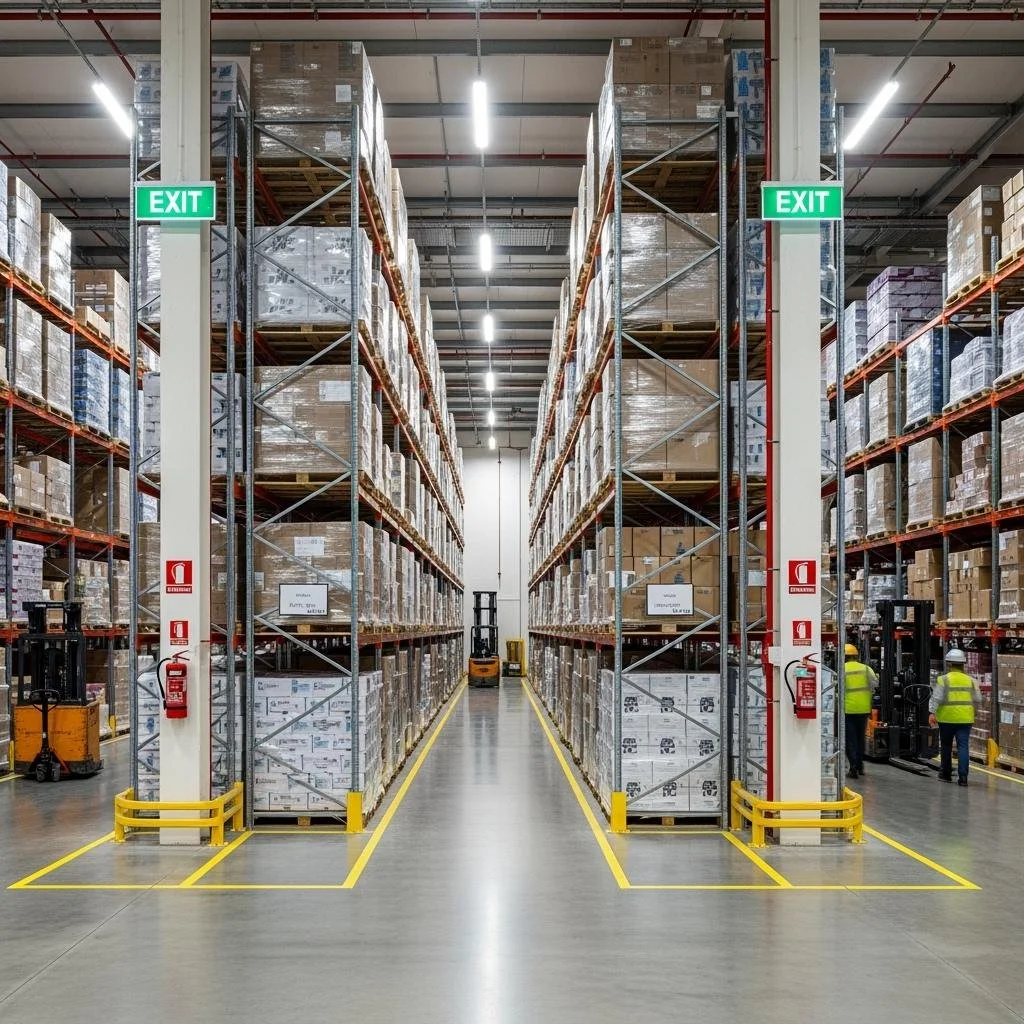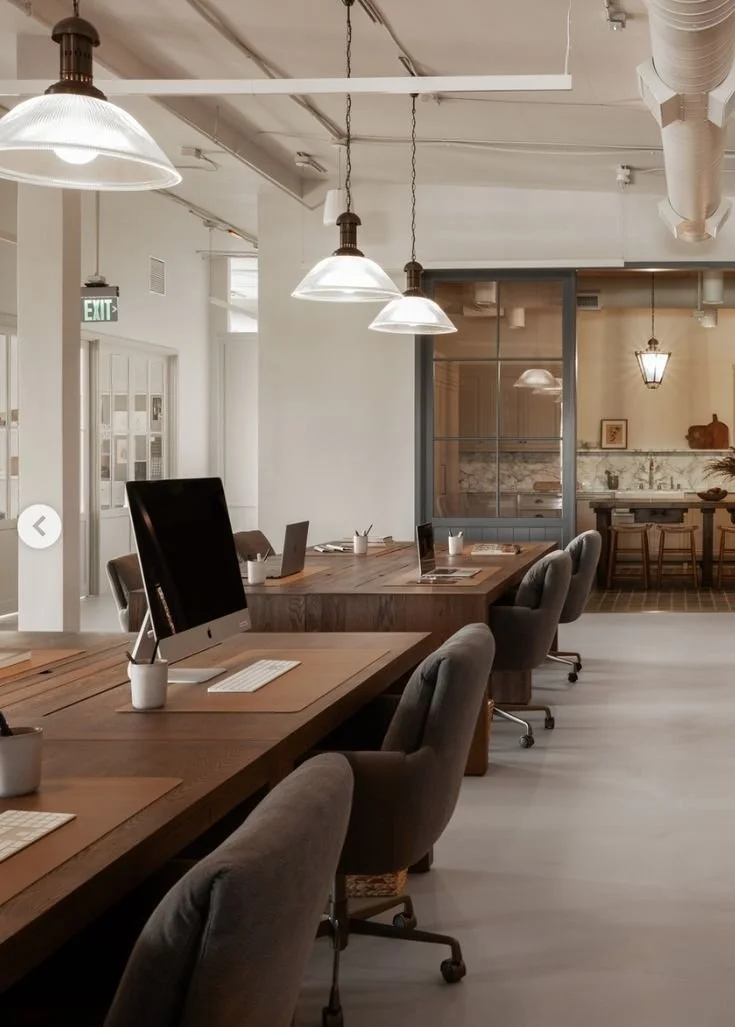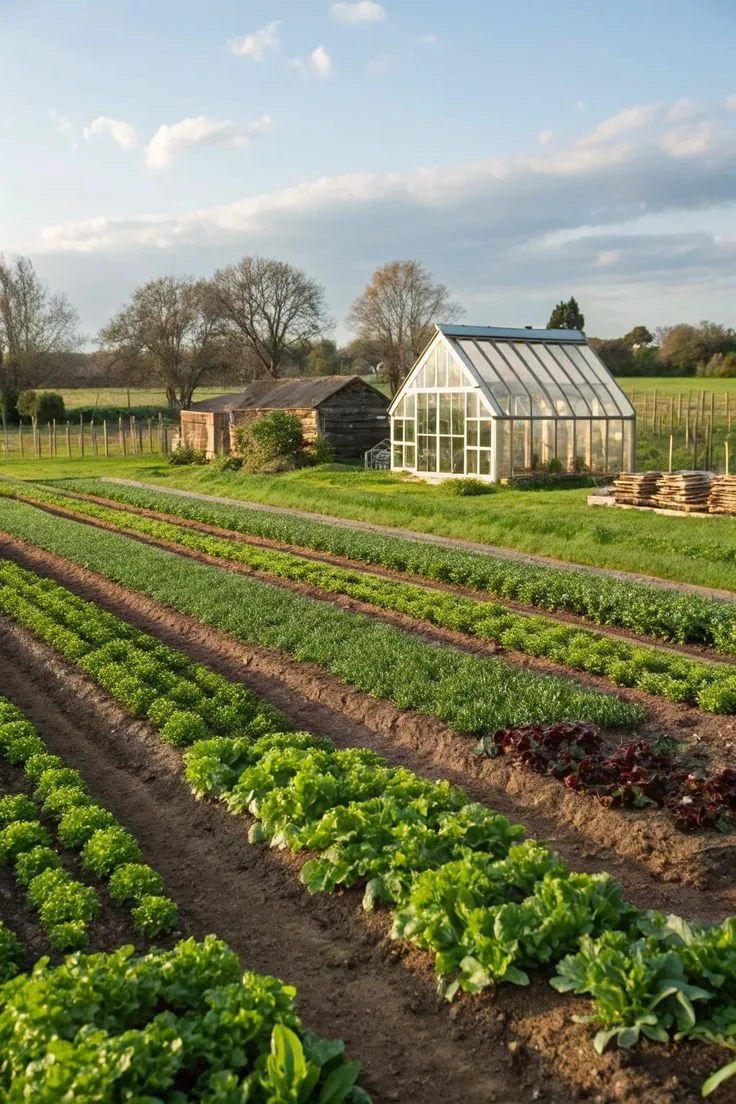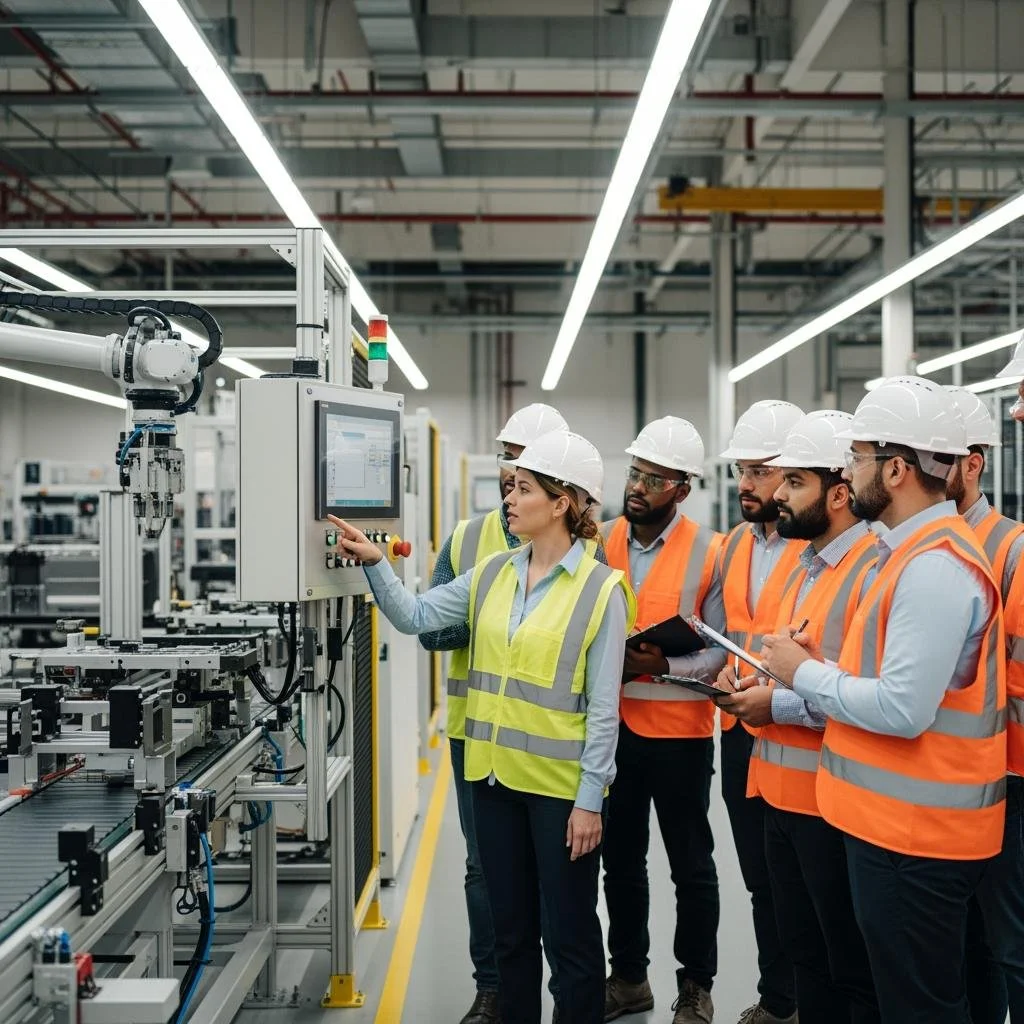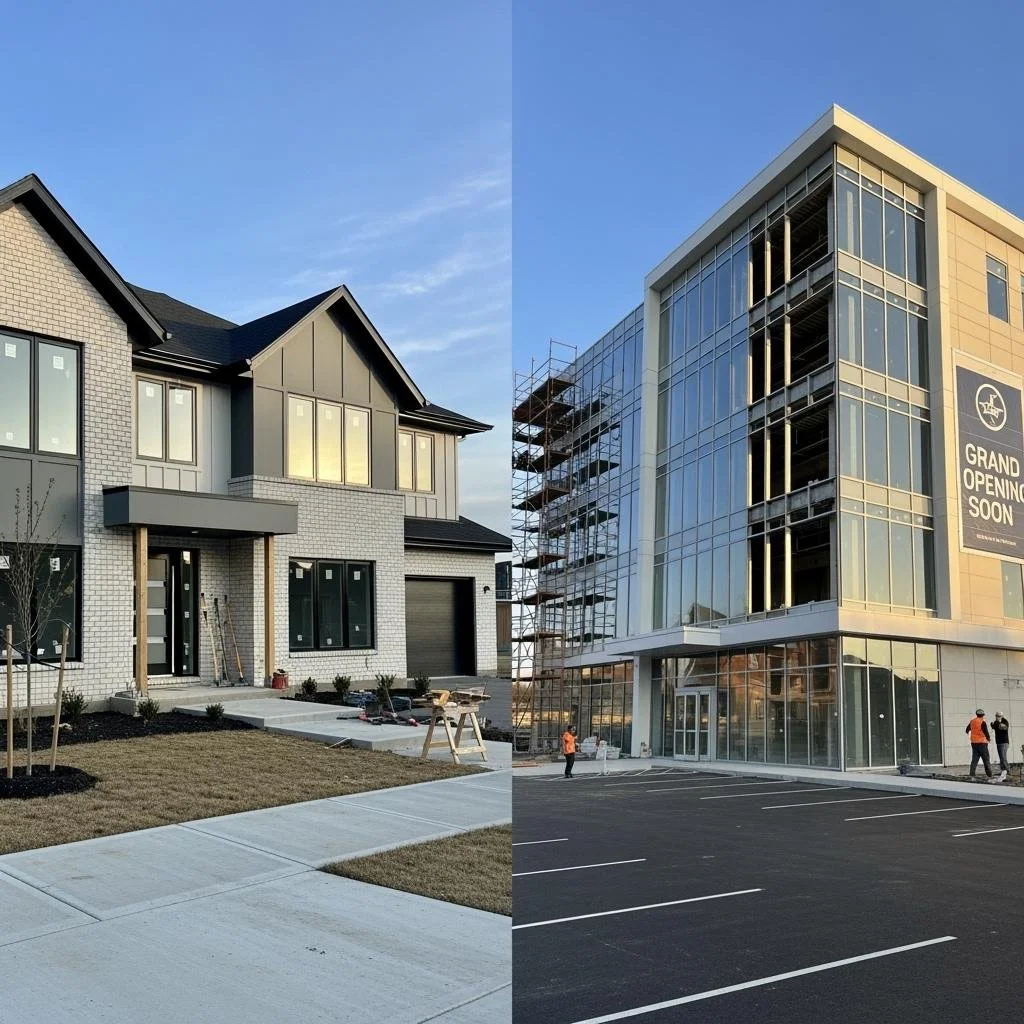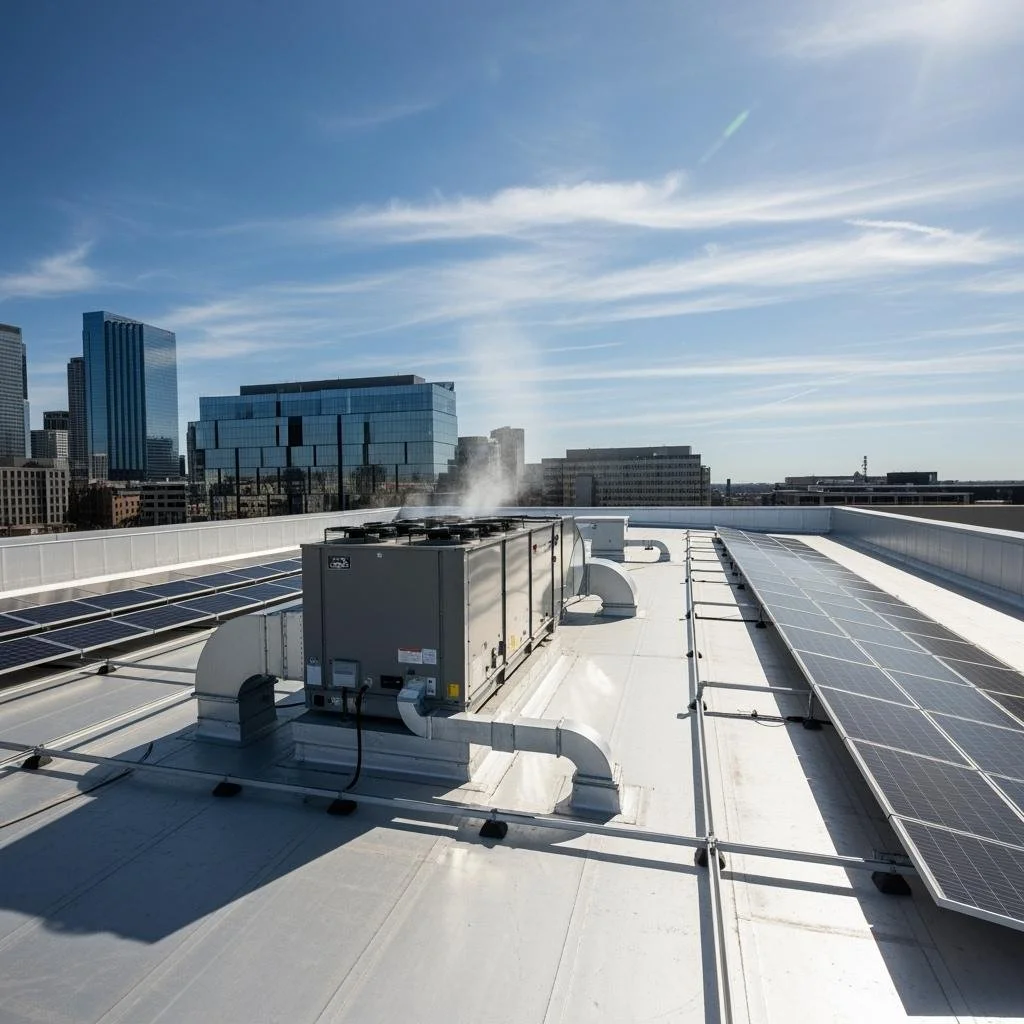3 Less Spoken-Of Elements Of Warehouse Safety Planning
No matter what kind of business you operate, one principle remains non-negotiable: safety must be a top priority. It’s not just about meeting regulatory standards—it’s about fostering a culture of responsibility, care, and proactive planning. While compliance with health and safety regulations is essential, going above and beyond those minimum requirements can significantly reduce risks and create a more efficient, secure environment.
Take, for example, a restaurant that receives a health inspection and passes, but still has areas for improvement. A proactive owner wouldn’t wait for the next inspection—they’d take initiative to enhance safety and hygiene. The same logic applies to warehouse operations.
In this article, we’ll explore three often-overlooked aspects of warehouse safety planning. These elements may not always be front and center in safety discussions, but they play a critical role in protecting your team, your inventory, and your overall operations. While it’s impossible to predict every potential hazard, striving for a 0% safety incident rate should always be the goal.
Let’s dive into these underappreciated, yet vital, safety strategies:
No. 1
Stacking Care & Categorization
Proper stacking and categorization are foundational to warehouse safety. It may seem like common sense, but the way you store and organize goods can significantly impact the safety and efficiency of your space.
Here are a few essential practices to implement:
Place heavier items on lower shelves to reduce the risk of tipping and injury.
Ensure stability by using ti hi pallet configurations and avoiding overstacking.
Group similar items together to reduce confusion and improve accessibility.
Use automated tracking systems to monitor inventory placement and ensure compliance with stacking protocols.
A well-organized warehouse not only prevents accidents caused by unstable piles but also streamlines operations. When staff can easily locate and access items without risk, productivity increases and injuries decrease. Regular audits and accountability systems help reinforce these best practices and allow you to identify and correct issues before they become hazards.
No. 2
Security Safety
When thinking about warehouse safety, security might not be the first thing that comes to mind—but it should be. Security measures are not just about preventing theft; they’re also about controlling access and reducing the risk of unauthorized individuals entering hazardous areas.
Here’s how security contributes to a safer warehouse environment:
Control access points with secure entry systems and sign-in protocols.
Install surveillance cameras to monitor activity and deter unauthorized behavior.
Use clear signage to indicate restricted zones and direct traffic appropriately.
Train staff to recognize and report suspicious activity.
By ensuring that only authorized personnel are present in the warehouse, you reduce the likelihood of accidents caused by untrained individuals entering areas with heavy machinery or dangerous materials. A secure facility is a predictable one—and predictability is a key component of safety.
Aluminum Warehouse
Streamline your projects with top-quality warehouse materials – durable, reliable, and delivered to your door.
No. 3
Footflow & Traffic Management
The movement of people and vehicles within your warehouse may seem straightforward, but poor traffic planning is a leading cause of workplace accidents. Implementing a clear and logical traffic flow system is essential for minimizing collisions and confusion.
Here’s how to improve foot and vehicle traffic safety:
Designate separate pathways for pedestrians and vehicles such as forklifts.
Use floor markings and signage to guide movement and indicate safe zones.
Eliminate blind spots by installing mirrors or modifying layouts to improve visibility.
Implement one-way systems in tight or high-traffic areas to reduce congestion.
Collaborate with your design or safety team to map out traffic patterns and identify problem areas. Regularly review and update these plans as your warehouse evolves. A well-thought-out traffic management system ensures that everyone—on foot or behind the wheel—knows where they should be and how to get there safely.
Takeaways
Warehouse safety is about more than just checking boxes on a compliance form. It’s about creating an environment where every team member feels secure, every process is optimized, and every risk is minimized.
By focusing on often-overlooked areas like stacking care and categorization, security safety, and footflow and traffic management, you can go beyond the basics and build a warehouse that truly prioritizes safety.
Remember, while you can’t foresee every possible issue, you can prepare your space and your team to handle challenges with confidence. A 0% incident rate may be ambitious—but with the right strategies in place, it’s a goal well worth pursuing.
Stay proactive. Stay safe. And continue striving for excellence in every corner of your warehouse operations.
Looking for Business resources?
Are you seeking ways to elevate your business to new heights? Dive into the array of resources provided by our esteemed business partners designed to empower your ventures.
